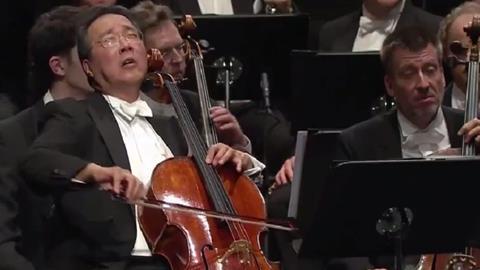If reading this by email, please tap the title at the top to open your browser for the best experience. Then, clicking individual pictures will reveal higher resolution images.
Among the over-used and under-defined words prevalent in everyday conversation is that of ‘justice.’
There are at least three facets of justice long recognized in the western ethical tradition. The formal names for them are distributive, commutative, and social justice. It is important to distinguish them because the word justice is often used as if its meaning is confined to merely one or another of what are at least three of its facets.
Distributive justice can be simply defined as fairness in terms of results or outcomes. In a game of Monopoly, but also in processes or in policies of a more serious kind, the winner is generally determined by who has the most at the end of play. In current conversations where the concept of “equity” is invoked, distributive justice is often the reference point for evaluations of fairness as to social outcomes.
A second aspect of a Monopoly game then comes into consideration. In the way the game was played, did all players follow the same rules, especially in achieving the results they attained? This is what is meant by commutative justice.
The third commonly recognized facet of justice is social justice. With a game of Monopoly, the concept can be expressed in the form of a further question. Were all those who wanted to play the game provided a fair opportunity to participate?
As may be apparent here, these three facets of justice can be, and often are, interrelated. Indeed, the beauty that can be found in the idea of justice often appears when these several facets, among possible others, receive appropriate attention.
Clearly, beauty is never a merely visual phenomenon, recognizing that we find it in ideas expressed in poems, and in observations made by philosophers. The beauty I find in the concept of justice lies in the multifaceted nature of the idea, and in how it can bring enrichment to human relationships and communities.
One example can help make the point. In terms of the relationship between communities and individuals, justice is often expressed in terms of what communities owe to individuals, especially so that the needs of the latter are not overlooked or denied by the former. Yet defined merely in this mono-directional way diminishes the concept of justice when what individuals may owe to communities does not receive comparable consideration. There is beauty to be found in a two-way symmetry of respect and positive regard between individuals and their communities.
Justice along with beauty are significant aspects of human flourishing, given how both contribute to our wellbeing as people made in the image and likeness of God. We find beauty when we discern what appears to be a ‘right relation’ between or among parts or aspects of a work of art or architecture, as well as among members of a community. Thinking carefully about such perceptions of right relation can enhance our comprehension of beauty in daily life and work, and our practice of the virtue of justice in our social affiliations.
The Eastertide “vine and the branches” Gospel reading can deepen our appreciation for this fundamental dimension of justice conceived of as right relation. The ‘right relation’ of the branches to the vine is predicated on the revealed, and literally embodied, right relation between the True Vine and its branches, and their living connection in him.
James Tissot, What Our Lord Saw from the Cross
We should not overlook how metaphors based on justice play a significant role in the Bible, especially in the New Testament, regarding our relationship with God. Self-justification often forms an unattractive feature of our relationship with others. Yet, it has no appropriate role in our relationship with God. We may try to secure right relation with others through self-justification, but only God makes us right with God. Since our practice of the virtue of justice has no role in securing our standing before God, we can only seek in humility to reflect our gratitude for God’s generous and unmerited favor.
Paraphrasing Paul, we have been made ambassadors of the one who embodied the beauty of reconciliation, or of graced right relation.




















